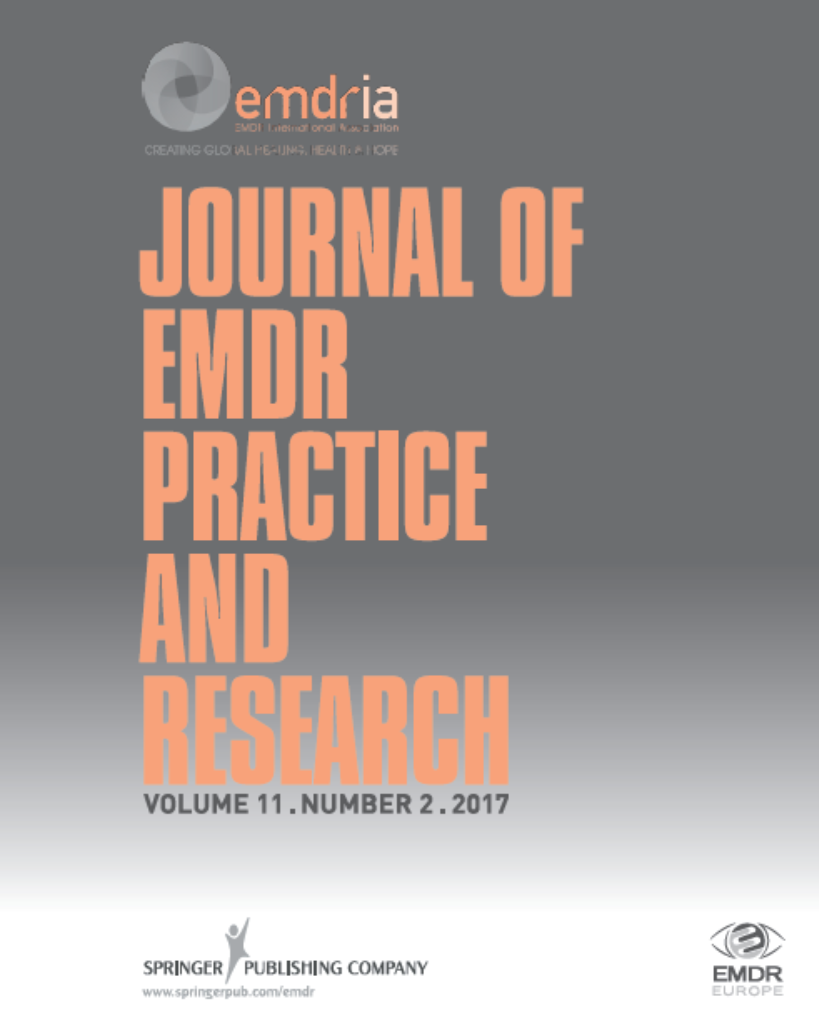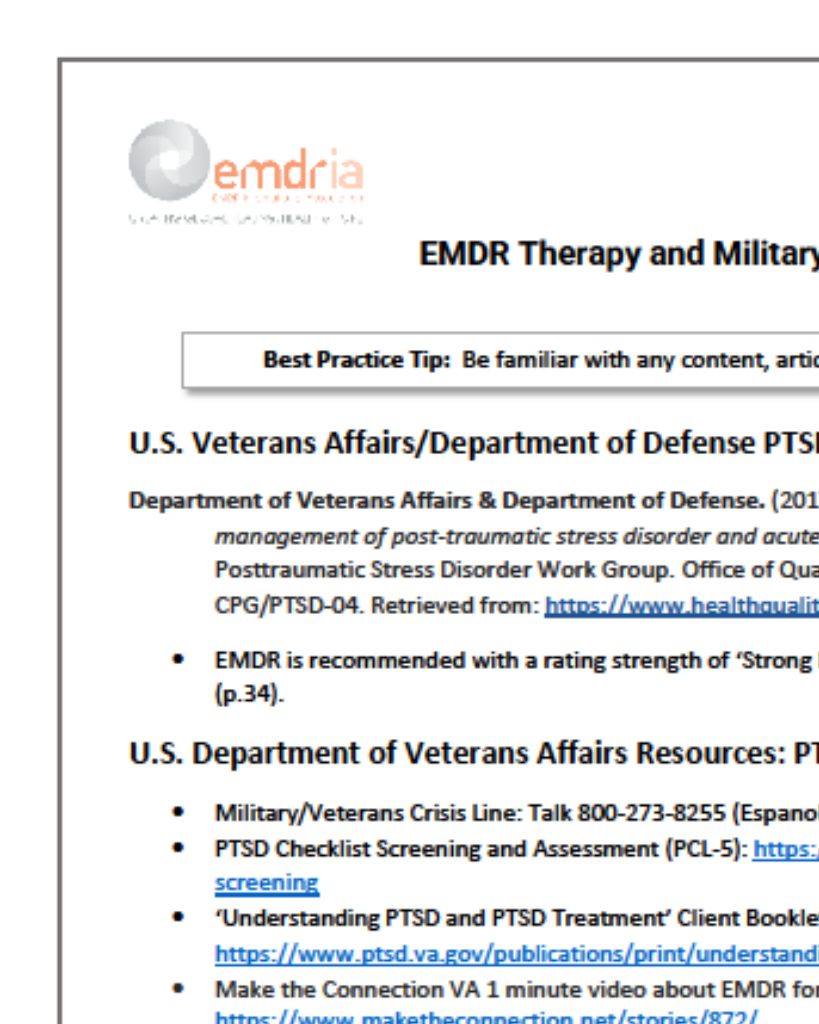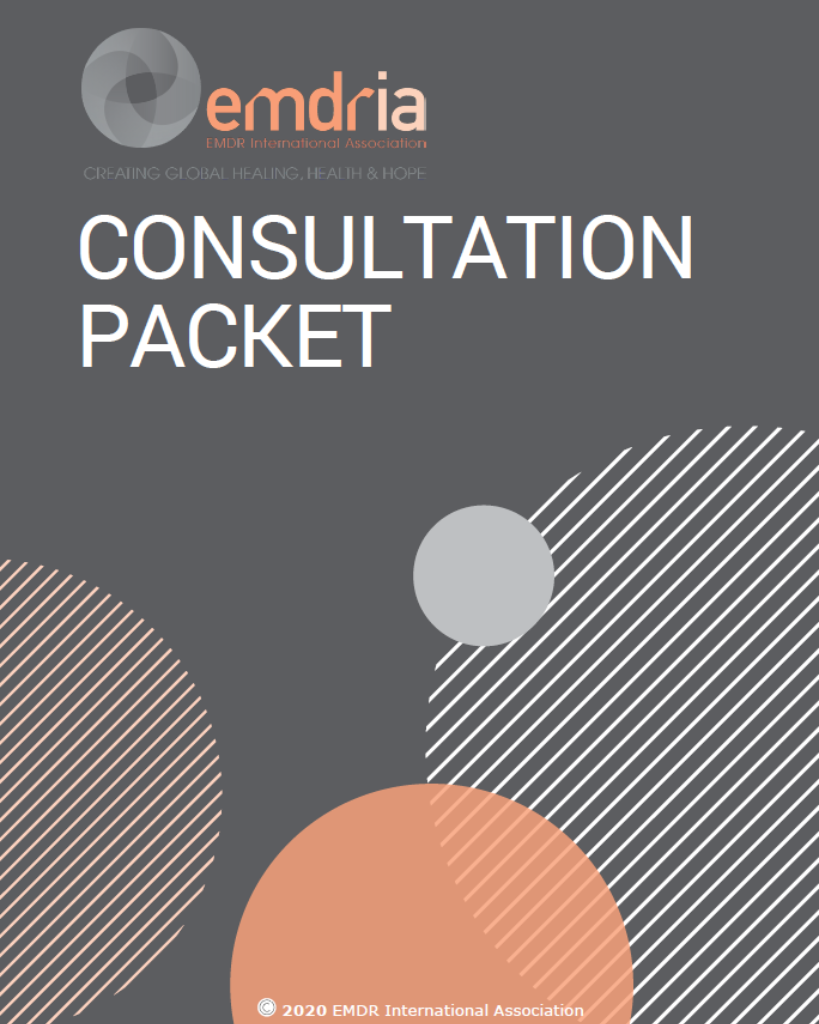EMDR Therapy for Bilinguals: Utilizing Linguistic Diversity for Improved Therapeutic Success
This article by Alev Ateş-Barlas, LMFT describes clients processing memories in a language that the EMDR therapist does not need to know.
“EMDR protocols, theories, and guides tend to presume or prescribe a monolinguistic approach. However, there are many bilinguals whose knowledge of a second language (L2) is sufficiently advanced to allow them to interact with EMDR therapists, but who might also possess memories encoded in a first language (L1), which is strategically useful in EMDR. The objectives of this clinical practice study were to (a) describe the real-world use of EMDR therapy in which the L1 of an EMDR recipient is selectively integrated into processing by a therapist who need not know the recipient’s L1 and (b) demonstrate an adaptation of the standard EMDR therapy protocol to support full resolution of memory material among clients with exposure to more than one language.”
—Description from publisher
Article Access
Open Access
Ateş-Barlas, A. (2022). EMDR Therapy for Bilinguals: Utilizing Linguistic Diversity for Improved Therapeutic Success. Journal of EMDR Practice and Research, 16(1), 39–46. https://doi.org/10.1891/EMDR-2021-0022
About the Journal
The Journal of EMDR Practice and Research is a peer-reviewed publication devoted to integrative, state-of-the-art papers about Eye Movement Desensitization and Reprocessing. It is a broadly conceived interdisciplinary journal that stimulates and communicates research and theory about EMDR, and their application to clinical practice. The Journal of EMDR Practice and Research is the Official Publication of the EMDR International Association.
Date
March 1, 2022
Creator(s)
Alev Ateş-Barlas
Client Population
Racial/Cultural/Ethnic Groups
Extent
8 pages
Publisher
Springer Publishing Company
Rights
Copyright © 2022 EMDR International Association
APA Citation
Ateş-Barlas, A. (2022). EMDR Therapy for Bilinguals: Utilizing Linguistic Diversity for Improved Therapeutic Success. Journal of EMDR Practice and Research, 16(1), 39–46. https://doi.org/10.1891/EMDR-2021-0022
Series
16
Installment
1
Audience
EMDR Therapists
Language
English
Content Type
Peer-Reviewed
Original Source
Journal of EMDR Practice and Research
Access Type
Open Access





